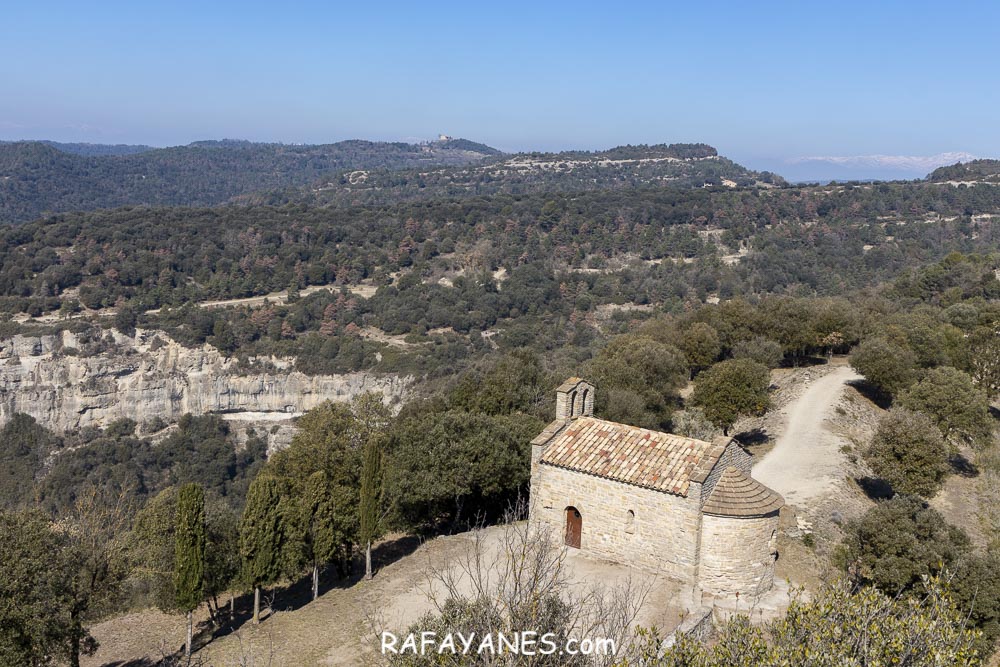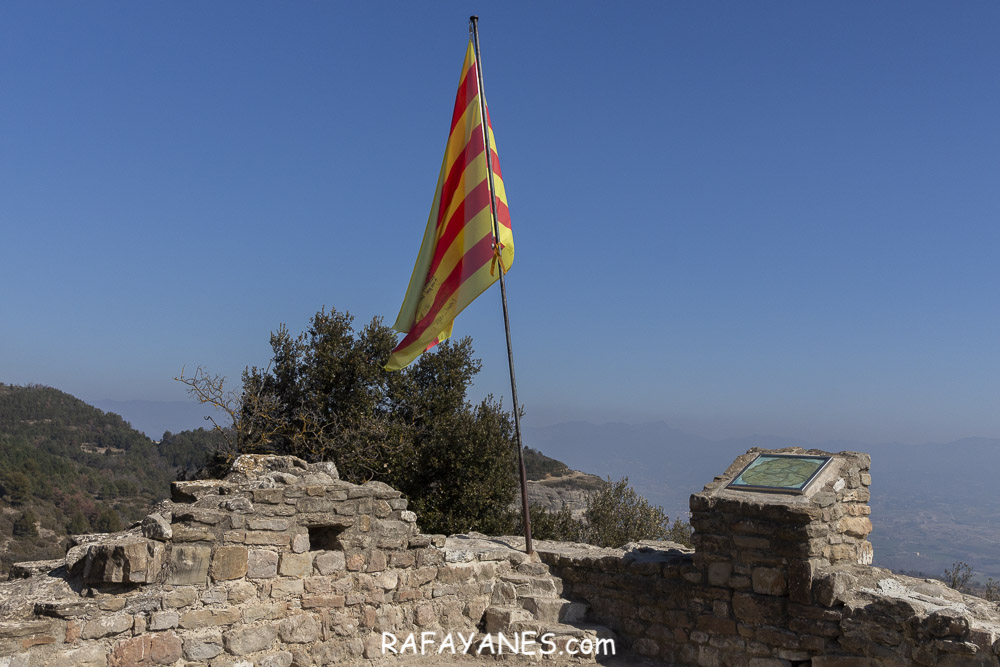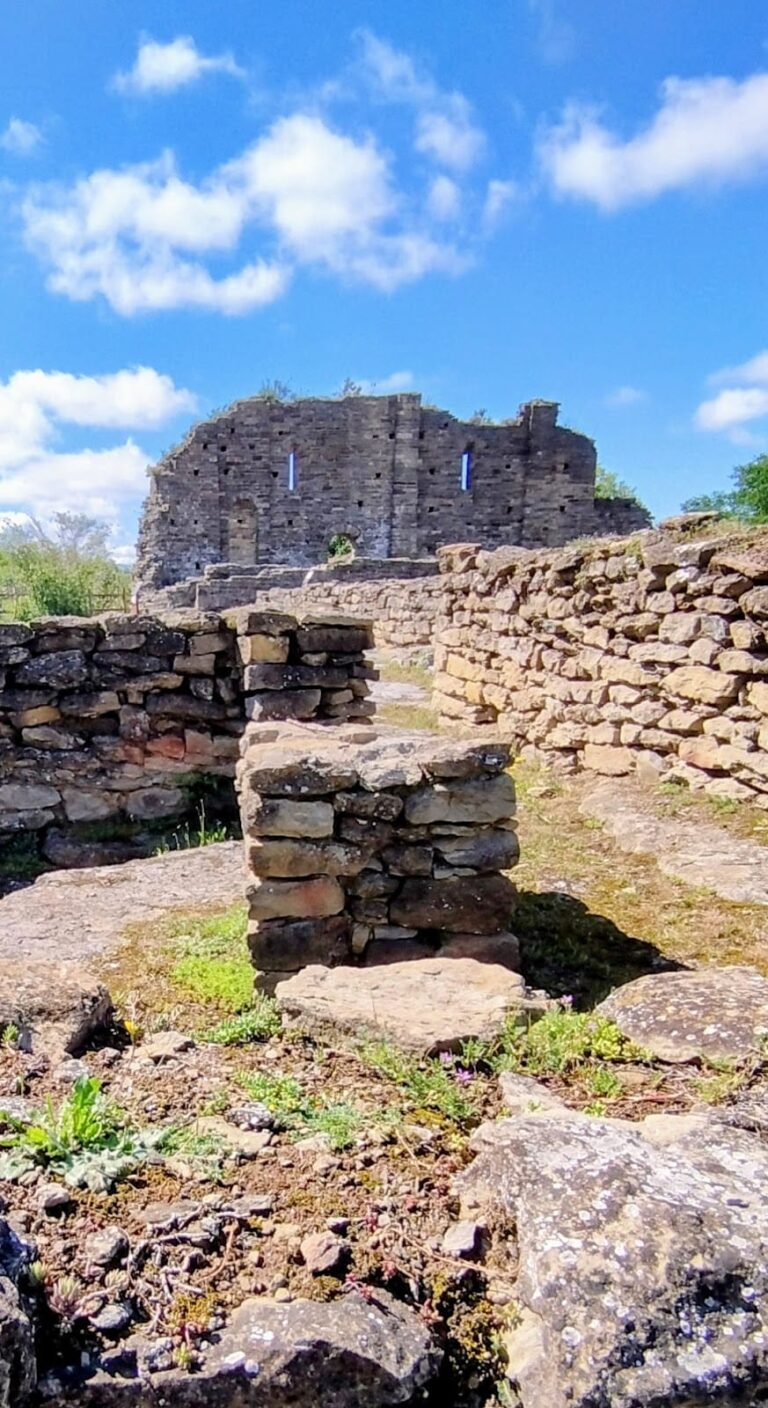Castell de Voltregà: A Medieval Castle in Les Masies de Voltregà, Spain
Visitor Information
Google Rating: 4.4
Popularity: Very Low
Google Maps: View on Google Maps
Country: Spain
Civilization: Unclassified
Remains: Military
History
The Castell de Voltregà is situated in the municipality of Les Masies de Voltregà in Spain. It was originally constructed under the domain of the medieval Counts of Barcelona, serving as a fortified site within the flourishing feudal landscape of Catalonia.
The earliest references to the castle date back to the early 10th century. In 902, a woman named Sabrosa sold part of a house connected to the castle, while documents from 944 and 969 mention the presence of a castle guard, indicating the site’s role in local defense. The castle’s ownership was closely tied to the Counts of Barcelona, with Count Ramon Borrell transferring the fortress as part of a dowry to his wife Ermessenda of Carcassonne. By 1023, Ermessenda pawned the castle to their son Berenguer Ramon I, emphasizing its significance within noble family holdings.
In the early 12th century, control of the castle experienced complex shifts. In 1107, Count Ramon Berenguer III granted Castell de Voltregà to Bernat III, Count of Besalú. After Bernat’s death without heirs, the castle reverted to the Counts of Barcelona. During this period, feudal control involved multiple figures including the Bishop of Vic, a royal steward known as the seneschal Sal·la de Voltregà, and a noble named Arnau Argemir. Ownership later passed to Amat Elderic of Orís and then to his son Pere Amat. Eventually, the Gurb-Queralt family took possession, with Berenguer Bernat de Queralt formally acknowledging his tenure in 1121. Sibila de Queralt bequeathed the castle to her son Berenguer III de Queralt in 1196, and after this lineage ended, the bishops of Vic reclaimed control.
By the late 13th century, the castle came under the Montcada family’s influence. In 1291, the infant Pedro recognized the castle as part of the dowry of his fiancée, Guillerma II de Montcada. After Guillerma’s death without children, the castle was absorbed into the Montcada barony and eventually passed to the Crown. The Viscounts of Cabrera later acquired jurisdiction and sold the property to Andreu Vallado, a citizen of Vic, in 1329. However, by 1351, it was back in the hands of Viscount Bernat III of Cabrera, who declared full feudal authority over Castell de Voltregà in 1358.
In 1370, ownership transferred to the Bishopric of Vic, who retained control until the abolition of feudal lordships in the 19th century. During the Catalan Civil War, from 1462 to 1472, the castle supported forces loyal to the Generalitat, the Catalan government. At the conclusion of the conflict, the fortress was destroyed and appears not to have been rebuilt thereafter.
Remains
The ruins of Castell de Voltregà occupy a hilltop south of the Chapel of Sant Martí Xic and are adapted to the hill’s uneven terrain. The site’s plan features a prominently projecting point oriented southwest, suggesting a strategic design to follow the contours of the landscape. The castle was enclosed by walls, with a central rectangular chamber located at the hill’s highest spot. Within this chamber lies an entrance leading into a passage or tunnel, traditionally believed to connect the castle to the nearby area of Sorreigs, though this connection rests on local legend.
Constructed from roughly shaped ashlar stones bound with lime mortar, the castle walls show irregular layering and have suffered significant deterioration, especially due to root growth that has damaged the masonry. The section referred to as the upper enclosure displays more consistent stonework, hinting at areas that may have been reinforced or rebuilt during the castle’s active use.
Below the castle’s enclosure sits the small church of Sant Martí Xic. Its structure consists of a single nave culminating in a semicircular apse, characteristic of medieval ecclesiastical architecture. The church’s entrance features a simple lintelled portal, and its south wall contains a narrow slit window likely designed for limited light and defense. Inside, a transverse arch separates the nave from the presbytery, and an additional transverse arch is situated centrally within the nave, which aids in supporting the roof.
Prior to restoration efforts undertaken in 1984, the church showed considerable damage, with large breaches in the north wall and apse, and the roof and bell gable had collapsed. The restoration work focused on repairing structural walls and reconstructing the missing elements, returning the chapel to a stable and recognizable state. These remains collectively convey the historical importance and architectural character of the Castell de Voltregà site.










